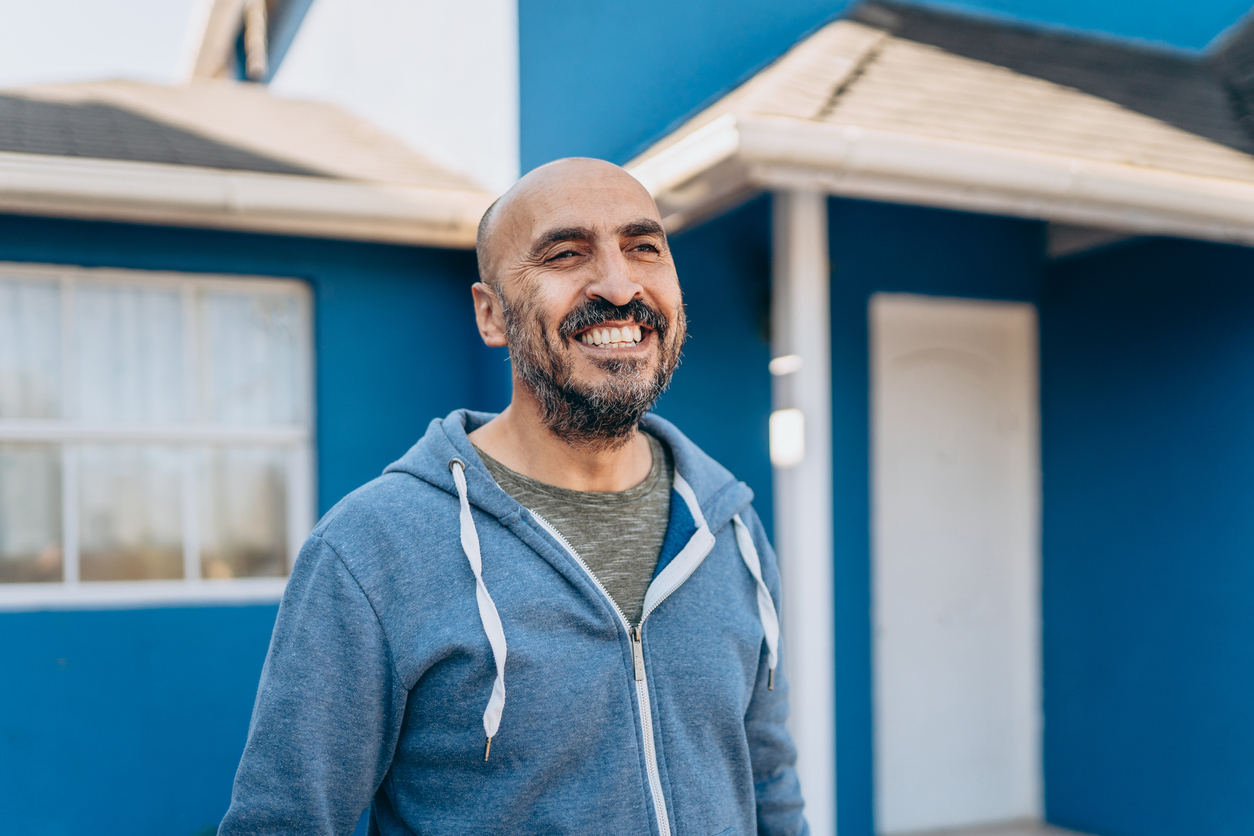Signature Initiatives
Through collaboration with local communities, we design initiatives that meet their unique needs and facilitate pathways that create and preserve quality supportive housing. Our multi-sector work and signature initiatives offer the tools, training, and expertise to identify what communities need to tackle the urgent crises of homelessness, lack of affordable housing, and disconnected systems and services.
The Sectors We Support

Families and Youth
We develop solutions that increase housing stability for families and youth involved in foster care and reduce the risk of child welfare interactions. We bring multi-sector partners together to expand access to housing and services for children, families, and young adults.
Justice and Carceral Systems
We advance innovative programs and models, strategies to transform systems, and policy advocacy so that individuals impacted by the justice system can access quality affordable housing and supportive services to finally end their cycle of homelessness and institutionalization. Our work demonstrates that communities that invest in housing reduce overall costs associated with shelters, policing, jails, and prisons.


Health and Housing Connections
Increasingly, states recognize that investing in housing and services can reduce their overall healthcare costs. CSH is leading innovative approaches that integrate housing with Medicaid, managed care, and the work of health centers. We collaborate with our partners to advance housing and health care system connections.
Aging
With half of all adults experiencing homelessness being over 50, the supportive housing field must re-imagine how they deliver quality housing and services. We provide the tools and solutions to promote quality supportive housing that meets the physical and mental health needs of people with a history of engagement with public systems and homelessness.


Intellectual and Developmental Disabilities
Individuals with Intellectual and Developmental Disabilities (I/DD) should have access to a range of community-based housing options and flexible services that help them thrive. By collaborating with cross-sector partners, we advance housing solutions that promote integrated, community-based housing.
Our Signature Initiatives
Frequently Used Systems Engagement (FUSE)
The CSH FUSE is a multi-sector program that helps communities break the cycle of homelessness among individuals with complex medical and behavioral health needs, who frequently cycle through emergency rooms, jails, shelters, clinics, and other crisis services.
Learn More
CSH Supportive Housing Institute
The CSH Supportive Housing Institute kickstarts quality affordable and supportive housing development. Teams come together for interactive workshops covering all aspects of creating affordable and supportive housing – from initial concept to operations.
Speak Up!
Our curriculum, crafted in collaboration with people with lived experience, combines educational workshops taught by local experts on storytelling and change-making with individual coaching to help participants develop community activism skills.
Impact Investment & Pay for Success
The CSH Impact Investment team invites investors, philanthropic partners, government, and supportive housing service providers to leverage capital sources to achieve measurable social change.
Keeping Families Together
The CSH Keeping Families Together (KFT) model uses supportive housing to bring stability to families with children at risk of recurring involvement in the child welfare system. KFT increases access to affordable housing and essential wrap-around services for the whole family.

